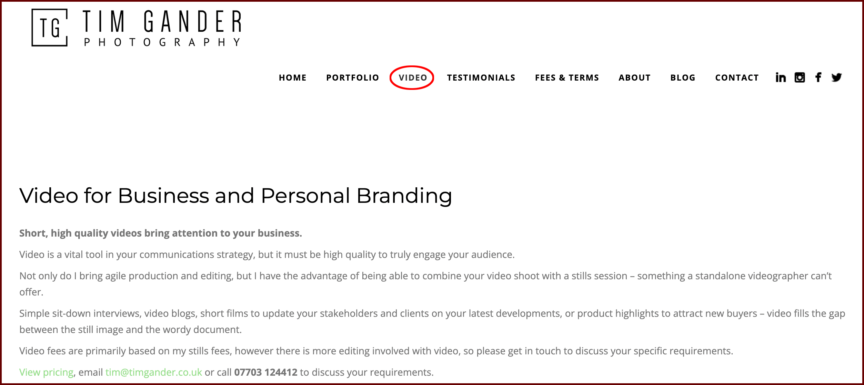Unless you’re living under a rock, you’ll be aware of a great deal of chatter about AI (Artificial Intelligence) and its increasing influence on all our lives. I suspect some of that chatter is AI-generated, but how would we know?
Of course in this article I’ll be contemplating AI’s impact on the future of photography. I think it’s going to be interesting.
The AI Roadmap
I say interesting because you can see that AI is at the foothills of its potential (good or bad). Give it a few years and you’ll see it progress beyond what we can imagine right now.
Also bear in mind that different areas of photography will be affected in different ways and at a different pace.
Right now, AI images of people are creepy, weird and downright unnerving (see examples below generated using DeepAI.org).
Inanimate objects are generally better, but are they convincing? I’d say this is where progress will advance most rapidly. For now, many product shots are rendered using computer graphics anyway, so AI will probably simply change how those renders are generated. Product photographers will still find themselves in demand for the more bespoke shoots.
Some areas could see no impact at all. Do you want AI-generated family photos? How about a wedding? What would be the point?
We’ve Been Here Before
Thinking about images for business, I see AI as having parallels with micro-payment stock photography of a decade or so ago; businesses embraced it as an easy way to fill the gaps between words on their websites, but many have reverted to commissioned work as it’s more convincing.
There is currently a cost barrier to AI. It’s more expensive and time-consuming to get usable visual AI content for marketing purposes than it is to commission original work. However, even if the cost and quality of AI become non-issues, there’s the question of the human factor.
Microstock flourished while it was novel and before businesses realised they needed to connect with clients and consumers on a human level. They discovered their audiences weren’t engaging with the over-polished models and unrealistic scenarios of the stock world. Where we are now is that stock images supplement pictures of ‘real’ people, but they can’t replace them. The same will stand for AI.
In fact commissioned work (in my personal experience) has grown over the past decade. It will continue to grow as businesses use more video, which stock (and AI) imagery won’t be able to compete with for a very long time (if ever).
What stock could never replace, AI won’t be able to either. If anything, AI will replace stock imagery and we’re starting to see that happen.
Stocks and ShAIrs (ouch)
Shutterstock, the bete noir of photography and the murderer of the viable stock image industry, have seen the future. And the future is bleak.
They now have their own AI image-generating portal, which I suspect not only undercuts their contributing photographers, but might also be using the existing library of 400 million+ images (supplied by those same contributors) to feed the neural engine which generates the AI images. It’ll be interesting to see how Shutterstock plans on ‘rewarding’ contributing photographers when their images are reduced to AI fodder. An AI-generated image will contain data from hundreds (maybe thousands) of images from the library, so who gets paid for that data. Will photographers know which pixel was theirs?
Am AI Safe From All This?
Notwithstanding my tortured AI-themed puns, I can see how AI might impact certain areas of my work, but since I mostly concentrate on photographing real people, and since this is what businesses need, it’s hard to see how AI can impact that.
And AI currently works best when used to generate static content. Video would require an unimaginably high level of computing power (read ‘cost’) which doesn’t yet exist. I say yet, but processors based on quantum physics are emerging in laboratories and could be in our devices soon enough.
Ultimately I don’t think it matters what AI does, because one thing it can never replicate is reality. It will have its uses, but for my typical client there is nothing that can beat the human touch. I am going to confidently say, there never will be.
One More Thought
This is perhaps the most troubling thought too. AI has already been used to generate ‘deepfake’ news images and video. We can’t stop this, but news outlets will need new tools and rules to spot and stop this. That is where the real danger of AI lies. The last two words of that sentence are the perfect note to end on.


